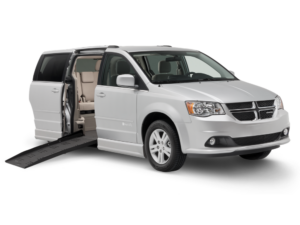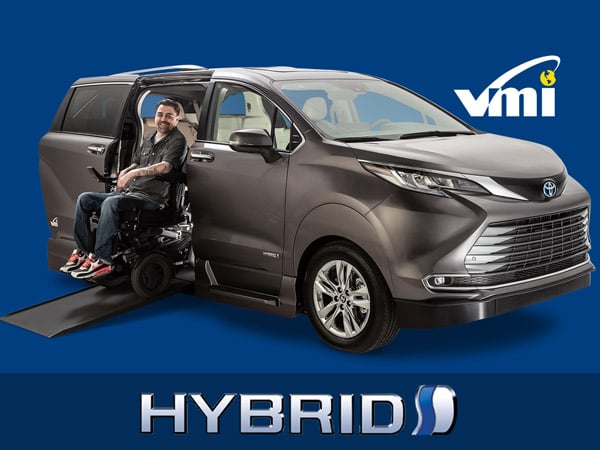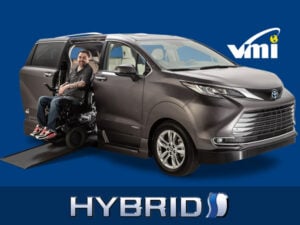Before assistive technology such as wheelchair lifts and other van conversions became widely used, somebody first needed to pioneer the idea. The same holds true with assistive technology that continues to advance and evolve. A lightweight ekoskeleton, also termed wearable robot or Indego exemplifies one new promising technology. Indego empowers people with spinal cord injuries to stand up and walk. Recently The Mobility Resource chatted with Vanderbilt University mechanical engineering and physical medicine/rehabilitation professor Michael Goldfarb, the man who initially envisioned Indego.
A Team Effort
Talking to Michael Goldfarb about developing Indego, teamwork quickly receives emphasis. He explains, “The nature of the work is you get stuck a lot. There’s no way around it. That’s kind of what development is. How successful things are depends on how well you can deal with that and work through it.”
Team collaboration leads to possible solutions. Good collaboration extends beyond engineers too. “Here’s my experience. Engineers tend to work on things and they make assumptions about how a problem should be solved. A lot of times those assumptions aren’t right.” To enhance the original Indego concept Goldfarb looked to the physical therapists and users test piloting the system, not just the doctoral students working with him.
Scientific Objectivity a Must
When asked to share any touching moments from testing Indego Goldfarb begins airing on the cautious side, acknowledging scientific objectivity a requirement. “I have to some extent the responsibility to try and stay scientifically neutral.” Still the potential emotional impact Indego possesses stays visible. He cites a few examples including the following featuring an original user.
“We were out basically by the ocean on kind of a boardwalk type thing and he and his wife were walking together. I think that was pretty cool. I think everybody thought it was pretty cool just because it was a very beautiful day. I don’t know just being able to walk by the ocean on a very nice day. ”
Certainly though Goldfarb and his team expect more important benefits than simply creating feel good moments, a point which resurfaces scientific objectivity. “We certainly hope this brings with it what we call secondary health benefits including better skin health, decreased decubitus ulcers, improved digestive function, decreased pain, decreased muscle spasticity and increase bone marrow density.” He adds “That’s where I have to kick in with the scientific objectivity because those things need to be shown.”
Project Status/Overall Outlook
Establishing experimental protocols to prove the secondary health benefits stands a current priority. “One of the real goals for us is to make it (Indego) affordable. The way you make it affordable amongst other things is to make it so that insurance will reimburse it and the way you get insurance reimbursement is to show there are more than just quality of life benefits but there are secondary benefits.” Partnering with Parker Hannifin Corporation also provides a step to prepare Goldfarb and his team for Indego’s eventual commercial release.
*To remain updated on the emerging assistive technology’s status, visit Parker Hannifin’s Indego website.

Find your perfect Wheelchair Van
Select from thousands of wheelchair vans for sale from hundreds of nationwide dealers
The Mobility Resource has one of the largest selections of Dodge, Toyota, Chrysler, Honda, Ford, Chevrolet wheelchair vans














Tweet
Share https://www.themobilityresource.com/blog/post/engineering-assistive-technology-developing-the-wearable-robot-indego/